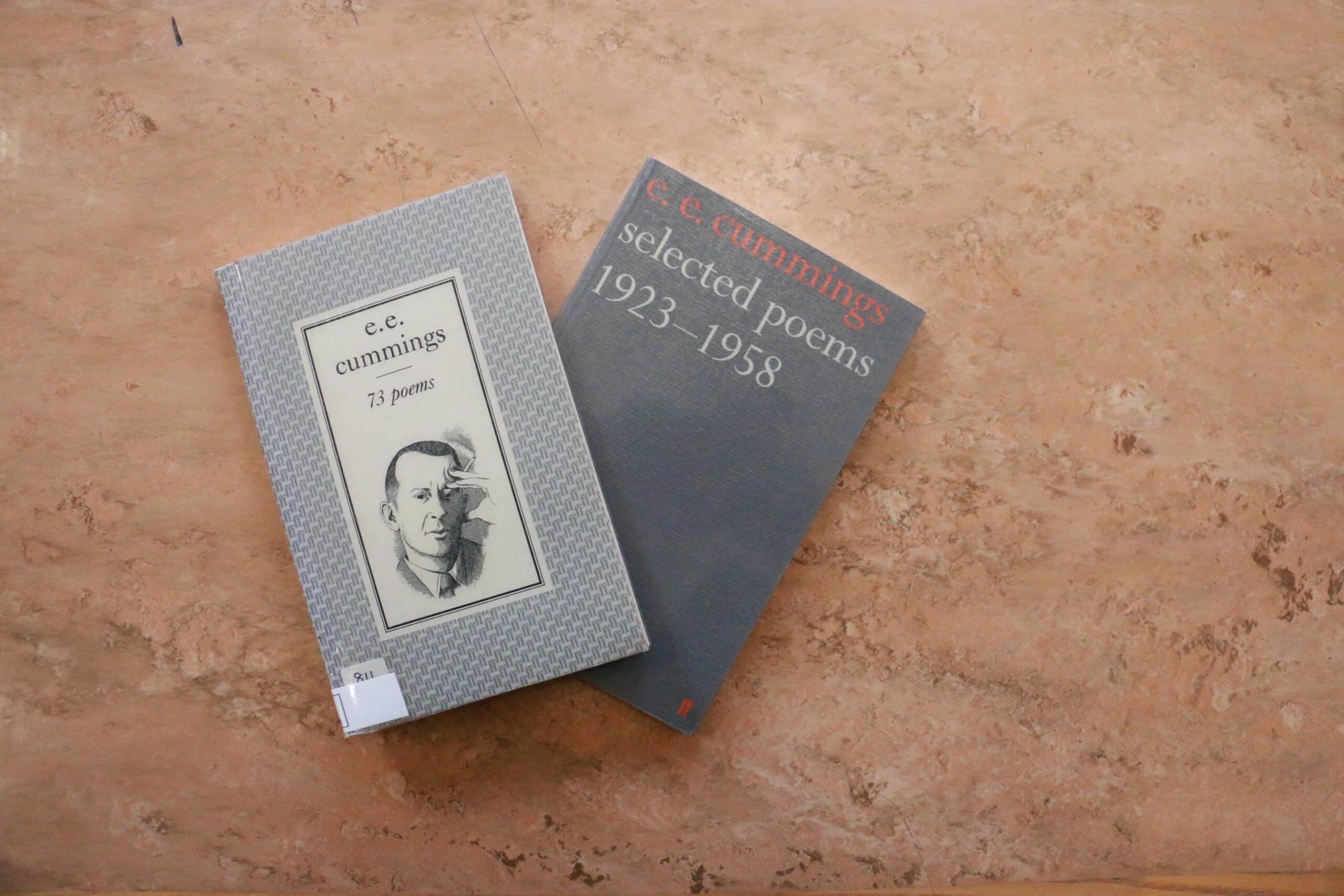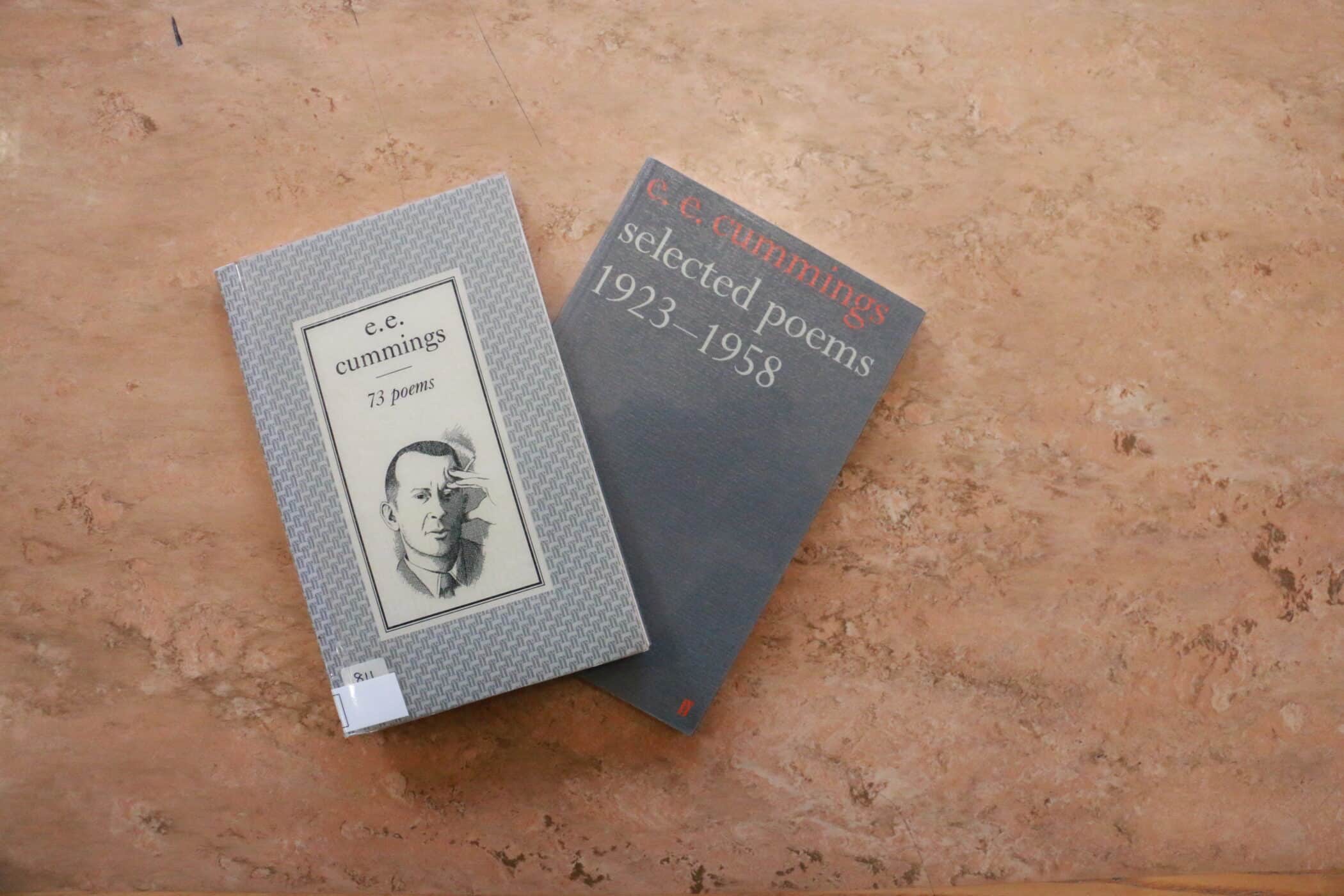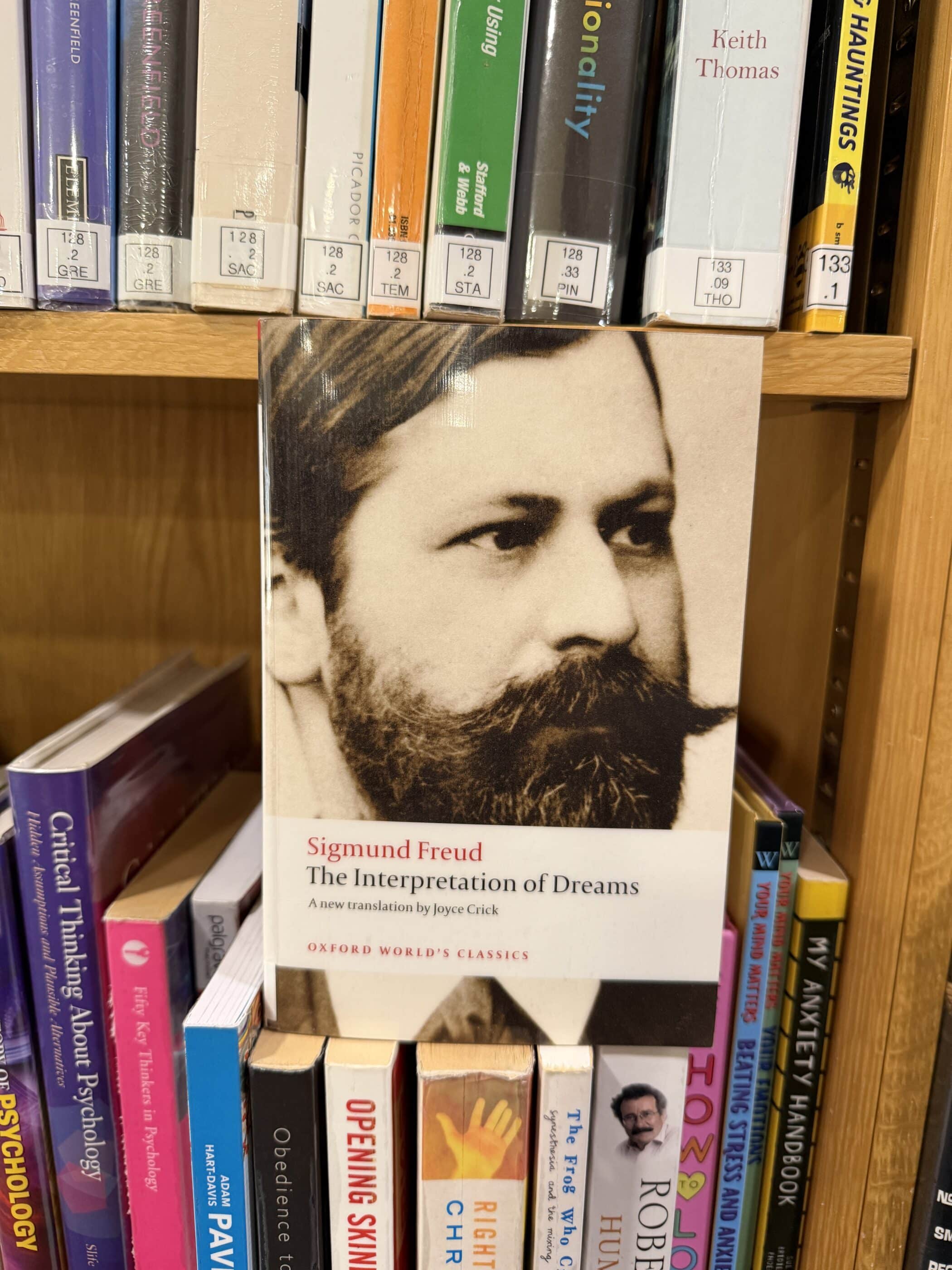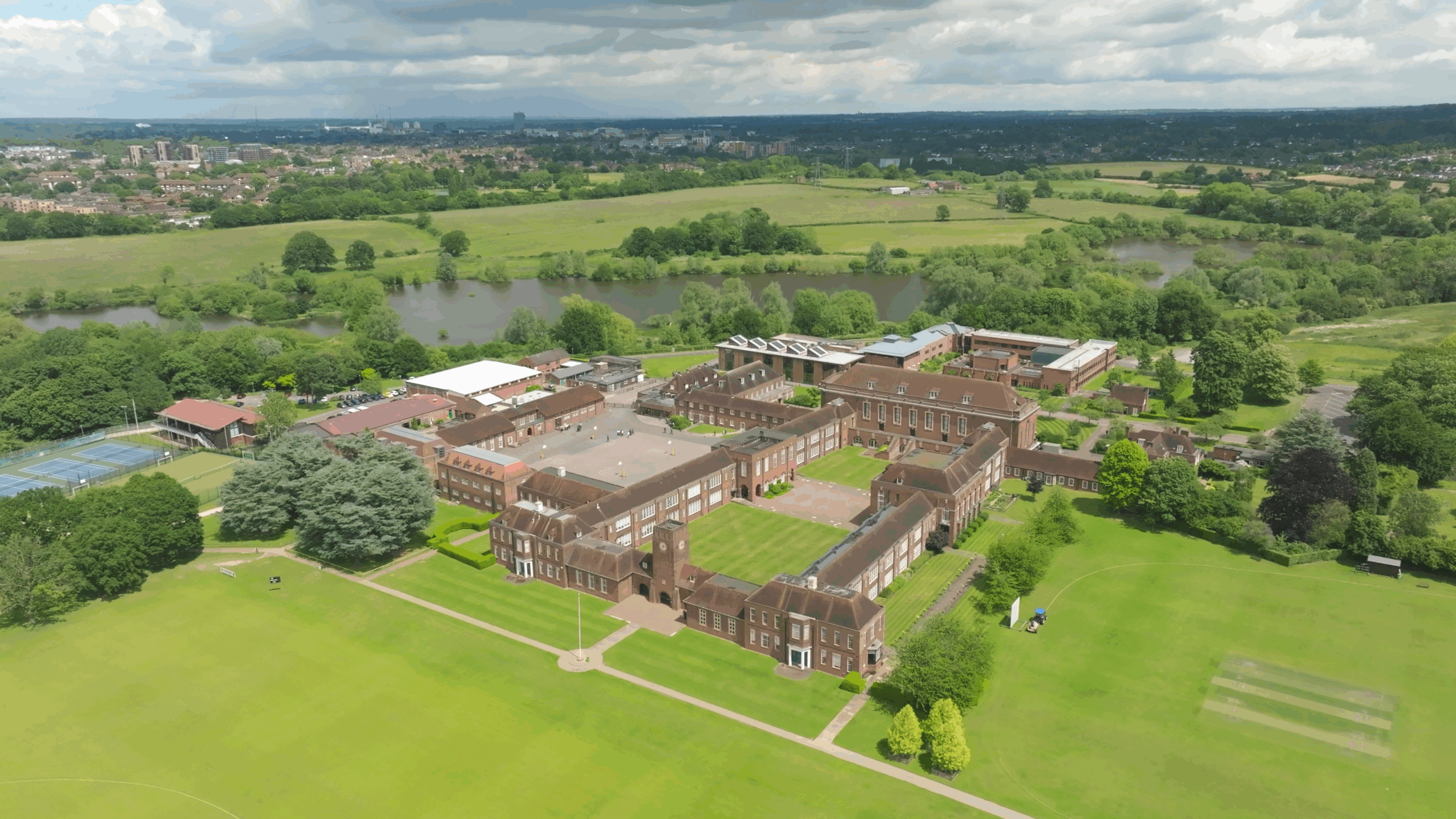Welcome back – I hope you had a wonderful holiday. A special welcome to those joining the school in Year 7, Year 9 and in the Sixth Form. You have an exciting time ahead, and we will make you feel at home here. Over the break our U15 cricket team won the National Schools Cricket Trophy – let’s give them a round of applause as they come up. We also posted excellent results at both A Level and GCSE. Those in the Lower Sixth can look back with great satisfaction and look forward to the excitement of being a Sixth Former with confidence
I thought I’d return in this first assembly of the year to my own subject – English. And I would like to focus on an area of it that I especially like – poetry. Poetry is concentrated language. Language in the novel has space to stretch out and breathe. Poetry is trying to compress meaning into language in as dense and focused a way as possible. In much the same way that dense stars bend time and space, poetry bends language and meaning and twists them into new forms.
Poetry is hard. A good poem will do two things. It will say something that has never been said before, and it will say it using language in a way that language has not been used before. That makes poetry difficult to understand, sometimes.
People can then make a mistake – they see the poem as a puzzle to be solved. They think that their job as a reader is to figure it out, to climb the poem like a mountain and then stick their flag of understanding on its peak. Poems are not like mountains. A poem is more like a lens. It is meant to be looked through, so that you can see the world differently. And like a lens, a poem can be looked through in different ways, depending on the looker and what they are looking at.
Let’s practice with a poem by e e cummings called anyone lived in a pretty how town
anyone lived in a pretty how town
(with up so floating many bells down)
spring summer autumn winter
he sang his didn’t he danced his did.
Women and men(both little and small)
cared for anyone not at all
they sowed their isn’t they reaped their same
sun moon stars rain
children guessed(but only a few
and down they forgot as up they grew
autumn winter spring summer)
that noone loved him more by more
when by now and tree by leaf
she laughed his joy she cried his grief
bird by snow and stir by still
anyone’s any was all to her
someones married their everyones
laughed their cryings and did their dance
(sleep wake hope and then)they
said their nevers they slept their dream
stars rain sun moon
(and only the snow can begin to explain
how children are apt to forget to remember
with up so floating many bells down)
one day anyone died i guess
(and noone stooped to kiss his face)
busy folk buried them side by side
little by little and was by was
all by all and deep by deep
and more by more they dream their sleep
no one and anyone earth by April
wish by spirit and if by yes.
Women and men(both dong and ding)
summer autumn winter spring
reaped their sowing and went their came
sun moon stars rain
Our first lens is to read it as it presents itself to us, as a nonsense poem. This seems to be a poem interested in plays on language, repetition and sound.
Look at the innovative way cummings makes you see words and language, as if for the first time, by playing with capitalisation, grammar, spacing and sense. He brings a freshness to the experience of reading familiar words, organised and displayed differently. Look at the repetition of the seasons of the year, and the sun, moon, stars
and rain. A town filled with bells and their ringing echoes through the verse. Look at the line ‘up so floating many bells down’. You can almost hear the chimes of the bells in the rhythm of the language. (show the rhythm). Look at the movement in that line. It starts with ‘up’, then ‘floating’, and ends with ‘down’, with ‘many bells’ sandwiched into
the middle – there is the visual image of a bell ringing as it swings through the arc of its turning. You might like the poem for its sound and visual effects, but you might feel that it is a little long to be essentially a nonsense nursery rhyme.
Our second lens is to try to find a story – now we might begin to see a narrative emerge from the poem. What if ‘anyone’ was a man’s name, not a general term? What if ‘no one’ was a woman who fell in love with him? What can we make of their lives?
We can locate him – ‘anyone lived in a pretty how town’. Anyone had a positive attitude to life – ‘he sang his didn’t he danced his did.’ Whether doing or not doing, he was celebrating. The townsfolk didn’t like him – they ‘cared for anyone not at all’. They preferred the unvarying routine of their lives – now we see another reason for the repetition of the cycle of the seasons of the year – the unchanging style of life in the pretty how town. Then we meet his partner – ‘no one loved him more by more’. Children, before they get accustomed to town life, were interested in the love of anyone and no one, but soon forgot. Nevertheless, anyone and no one had a wonderful life together. They shared a rich emotional experience – ‘she laughed his joy she cried his grief’, ‘anyone’s any was all to her’. Then they are parted by death: ‘one day anyone died I guess’ and when no one later died, ‘busy folk buried them side by side’. The final verse makes it clear that the dull repetition of life in the town goes on after their deaths. Now we have a story of two people, whose non-conformism, emotional depth and joy is rejected and ignored by dull townsfolk. Ultimately, anyone and no one lived, died and made no difference to the town they lived in. So, OK – we have a narrative, but it is a little depressing.
Finally, let us go in search of transformation and transcendence – what happens when people die in this poem? We know that the busy folk of the town who bury no one and anyone also die. Their death is described as: ‘they said their nevers they slept their dream’. That sounds like a clearly negative experience – in death they embrace ‘never’ and dreams are slept through rather than experienced. It sounds like oblivion. What about anyone and no one? It starts unpromisingly:
‘busy folk buried them side by side
little by little and was by was’
That last line emphasises how small the two are and that their existence is over. But then something extraordinary happens. Look at the second to last verse. ‘all by all and deep by deep and more by more they dream their sleep’
This is the exact opposite of the busy folk, who slept their dream, not dreamed their sleep. Feel the narrative push as the pulse of the rhythm of the words hastens you to the big reveal:
‘no one and anyone earth by april
wish by spirit and if by yes’
What does it mean? See the word ‘by’ as meaning both beside, and in the mathematical sense of a multiplier. So, earth is multiplied by April – springtime when new life returns and the earth blooms again. Wish – or hopefulness – is multiplied by spirit: a hope for a new existence as a spiritual rebirth. Finally, a wonderful affirmation, ‘and if by yes’. A question is asked and answered with a joyous affirmative. Whatever it is that has happened in death to no one and anyone is very different to the deaths of busy townsfolk.
It is fulfilling and transformative. And that it happened to no one and anyone is an invitation from e e cummings to you to live a life of joy, deep emotion and real love – their generic names mean that no one or anyone in this room could make the same decision. And that decision might well sustain you through this life and lead you into the next.
One poem, three lenses. And there is so much more for you, in this poem and in all poems. We all have a pocket full of lenses. That is why English is so compelling a subject.
Have fun in the year ahead and remember that much of what you see depends on how you look at it.












